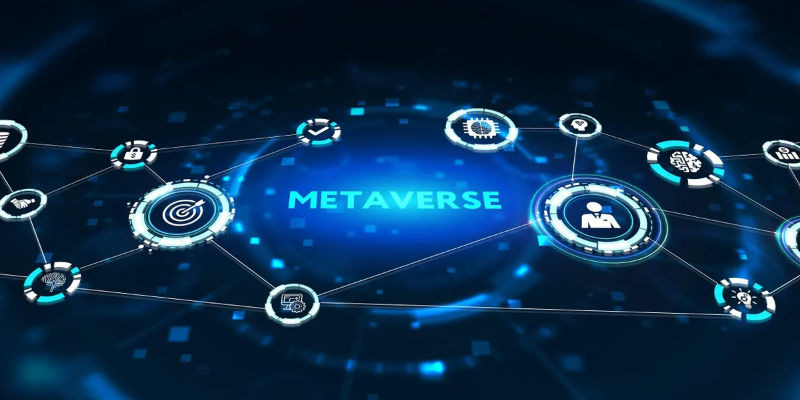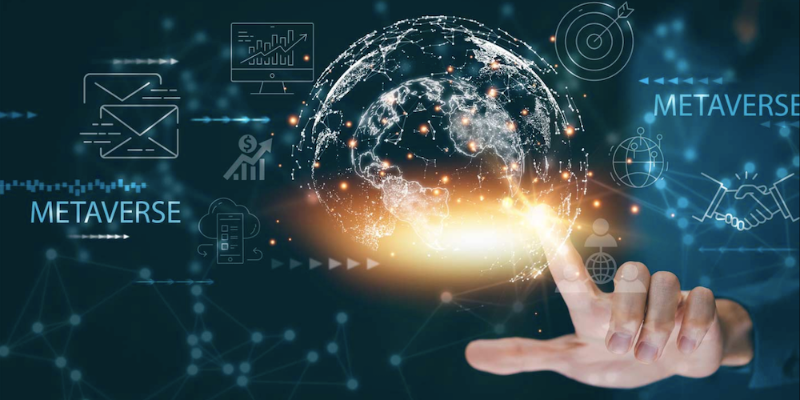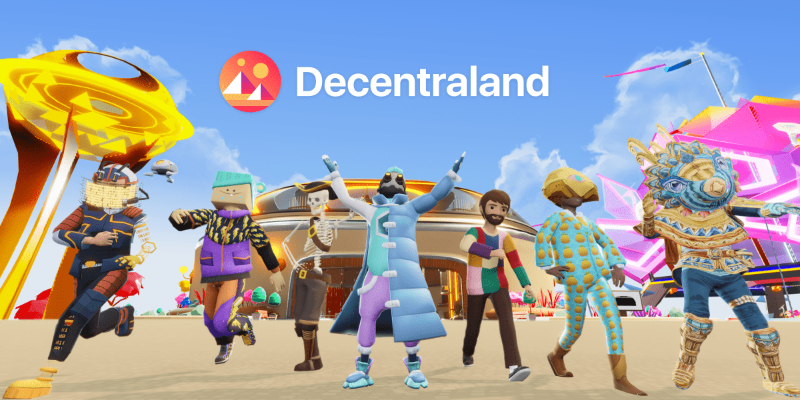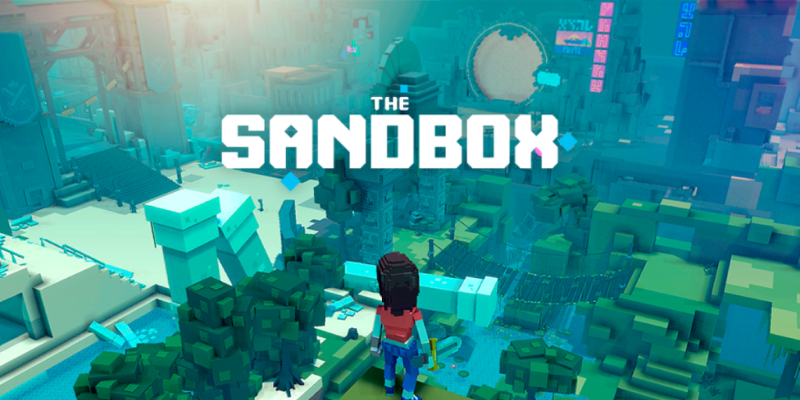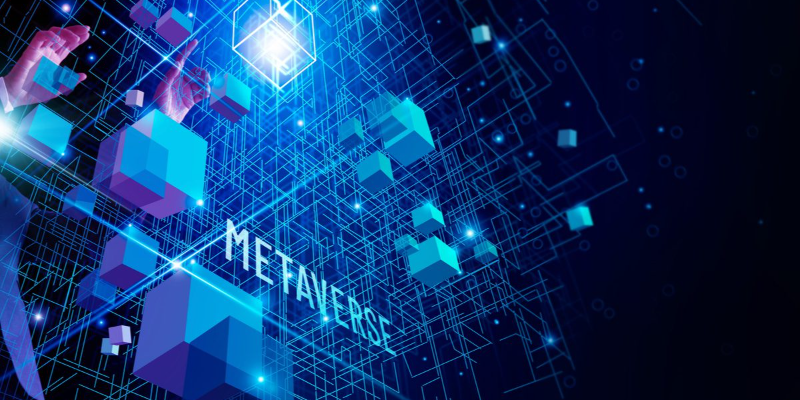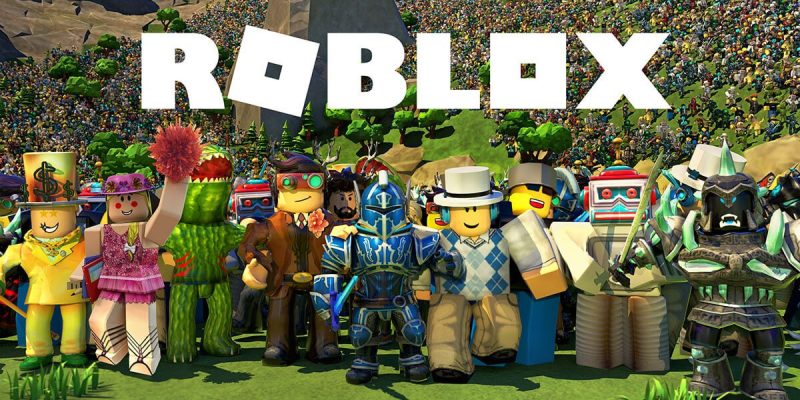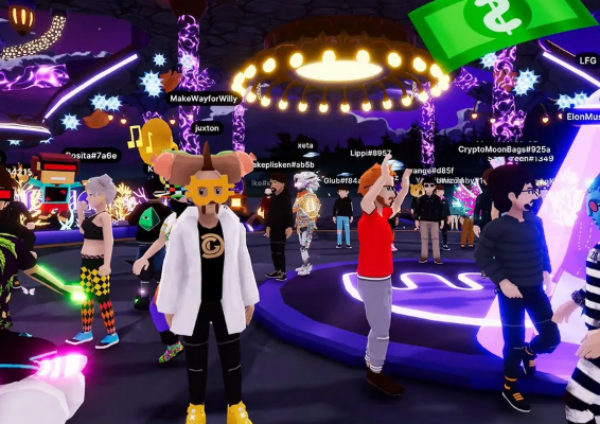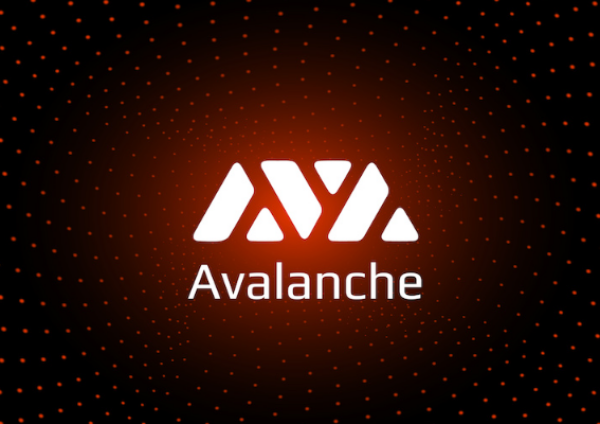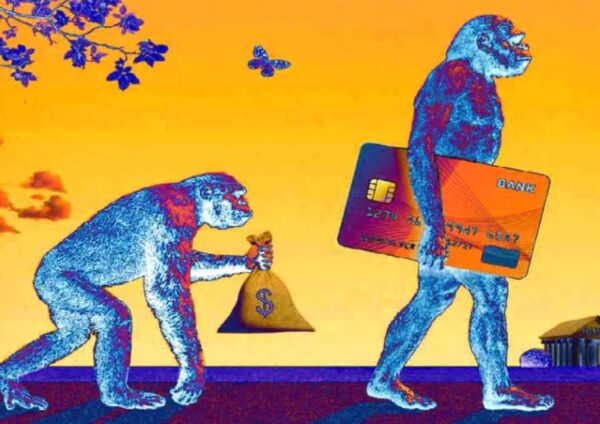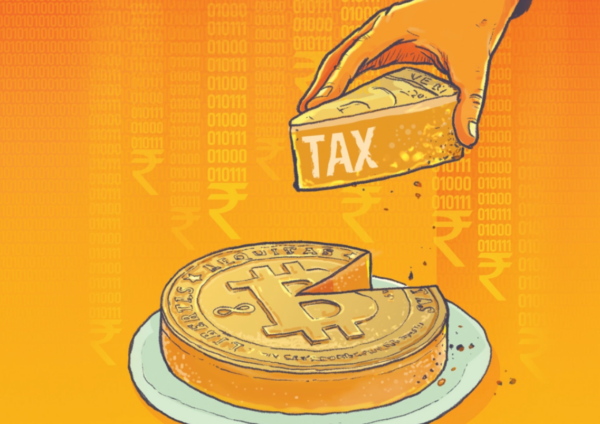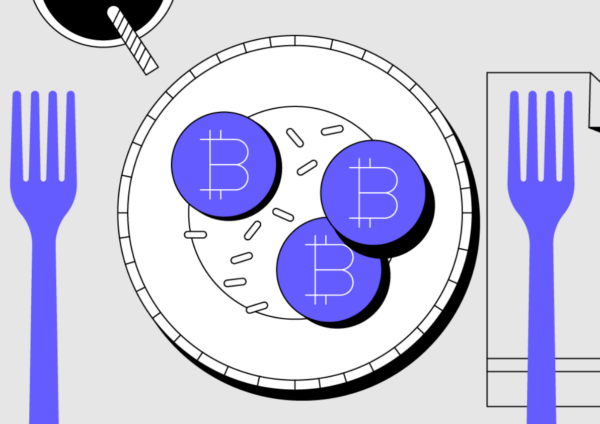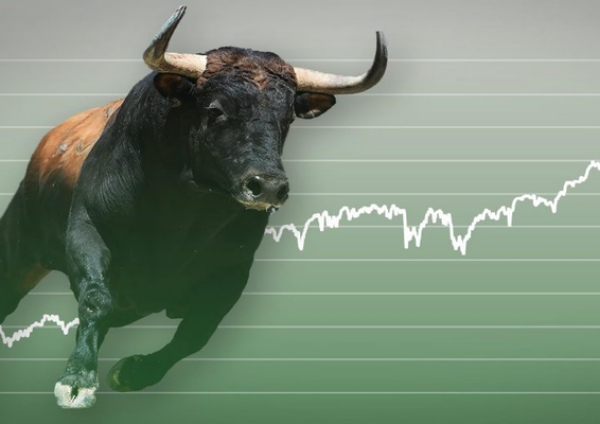Decentralized Metaverse vs Centralized Metaverse
The desire to design and create a virtual environment where people could access freely and take part in any activities they wanted without having to worry about physical limitations led to the metaverse establishment.
Metaverse is designed to provide users with a new and truly interactive platform where they can discover, design, create, and learn (check our article about best Metaverse coins).
The Metaverse is a virtual world that operates decentralized and utilizes blockchain technology. With this platform, users can create and engage with digital assets, which include avatars, virtual currencies, and digital items.
As of February 2023, there are 43 Metaverse platforms. And 127 more platforms are under development.
The blockchain is designed to be decentralized, meaning that no one person or group has control over it. Instead, all users have equal control. This also means that it cannot be changed once data is entered into the blockchain.
Second Life, a virtual world platform created in 2003, is often considered the pioneer of the metaverse. It offered a persistent three-dimensional world where users could represent themselves as avatars and integrated social media aspects. However, other projects like Active Worlds and The Palace have made similar claims of metaverse development since the term was coined.
The cost of developing a Metaverse game typically ranges from $30,000 to $300,000. The price depends on the complexity of the social media Metaverse, with development costs ranging from $25,000 to $400,000.
There are just two bases where the metaverse can be built, which include centralized and decentralized. A centralized metaverse means one that’s operated and owned by large corporations such as Meta Platforms Inc. On the other hand, a decentralized metaverse is one that’s run and owned by the future inhabitants.
The metaverse is the internet’s natural progression, from the early years when people could only read published materials, to the social media era and the creators’ economy, to the incorporation of the real world into the virtual space. The trajectory of the information age and the internet is obvious.
In this comprehensive guide, you’ll learn about virtual worlds’ emergency and the contribution of different key players, define the differences between decentralized and centralized metaverse, and see which has the future. Keep reading to discover more.
Also, if you are interested, check our article on most promising cryptocurrencies.
DEX Metaverse Explained
Since 2008, the world has witnessed the fabulous disruptive power of decentralization as blockchain-based platforms and products such as cryptocurrencies, crypto exchanges, digital assets, and virtual gaming came to dominate everywhere, providing alternatives to governed items, like fiat currencies.
Since then, thousands of blockchain technologies have been established across almost all sectors, taking advantage of the technology’s ability to store information verifiably and securely without the need for a trustworthy authority.
One of these technologies is the decentralized exchange metaverse, which holds the promise of upsetting the traditional finance systems under the squabble that centralized ecosystems have an unfair monopoly over users, making them have little power over their digital assets.
Two important elements are necessary for decentralization; a decentralized ownership structure and a dispersed network. To be decentralized, a network, game, company or any other product or organization cannot be operated by one entity as in centralized products. A metaverse becomes more decentralized with many stakeholders or owners.
Decentralization metaverse allows for participation without permission, which is a major distinction compared to the centralised metaverse. The power of users over the administration of the project increases with metaverse decentralization.
Users can expand a product’s or platform’s world as much as they want and provide each other with immersive scenes and experiences.
Decentralized Metaverse Top Players
While new metaverses are popping up left and right, some platforms and products have already established their names in the digital frontier. These products and platforms include the following:
Decentraland
Decentraland is one of the decentralised metaverse top players. It’s one of the first decentralized virtual settings and the largest metaverse crypto.
Its DAO (decentralized self-governing organization) has vital smart agreements that drive the Decentraland Metaverse. The most notable agreement is the LAND, that allows users to trade digital assets on the network.
Users of Decentraland can monetize their LAND with video games, promotions, and other attributes. Decentraland MANA is the platform’s native token, and users can use it to buy LAND, titles, wearables, and characters and invest in virtual real estate.
The Sandbox
The second most decentralized top player is the Sandbox. Just like Decentraland, the Sandbox features a DAO (decentralized self-governing organization) architecture. Also, it operates on the Ethereum blockchain platform, just like Decentraland. The Sandbox is meant to enable smart agreements using virtual land, real estate and other assets.
While the SAND token was originally utilized in the Sandbox, it’s currently being used outside the project thanks to its faster processing times and reduced transaction prices.
The Sandbox decentralized provides a virtual platform where anyone can instantly design, create, own and market their gaming products using the SAND coin on the Ethereum blockchain platform.
Players can design and create non-fungible symbols, publish and use them in well-known artists’ games.
CEX Metaverse Explained
A centralized metaverse involves an environment where only one entity is in control. That means a single entity or person may seize complete authority over the metaverse and make important decisions, such as how it should be operated.
Since the establishment of the internet, tech lovers have cherished the centrally controlled virtual environment idea that exists in an ecosystem parallel to the physical world. It’s just a virtually simulated environment where people can do real-life activities with a certain accuracy level.
Using metaverses, immersive virtual experiences, and avatars is paving the way for a new era in virtual interactions, enabling remote co-workers to team up virtually to design and build new products and providing users with the ability to personalize their digital experiences.
With internal rules, servers and regulations to manage the virtual environment, a centralized metaverse is a single entity that governs the whole network. In a centralized ecosystem, the virtual community lives and operates within the limitations of a centrally governed system and users are constrained within those boundaries.
While the users can interact with each other and exchange experiences, they aren’t free to own or manage some digital world’s aspects.
The fact that some kind of control in this virtual space is an advantage; there are policies in place that help shield the user from further damage. The only drawback is that the freedom isn’t as much as it might be in the metaverse decentralized.
Centralized Metaverse Top Players
There are several centralized metaverse top players, which include Roblox and the Horizon World. Let’s dive into these metaverse centralized products to discover more.
Roblox
Roblox is the leading centralized metaverse, with more than 50 million users per day. It allows users to create and monetize their game worlds, which exist in an interlinked metaverse and utilize the same features like currency and avatars.
Roblox runs on all leading operating systems, including Xbox, iOS, Android, and Windows. The gaming platform doesn’t require players to buy headsets and other equipment since VR and AR are rarely used.
Horizon World
Horizon is the second largest centralized metaverse product. It’s a huge-scale multiplayer system that combines OASIS VR and Roblox. Horizon allows each user to hang out with a maximum of 20 people in a virtual environment.
To use Horizon, you need to have a Facebook account. Currently, Horizon World is more of a social platform than a Minecraft-like environment for designing and creating games.
Conclusion (Which Metaverse Has Future)
Although still in its babyhood, metaverse development is expanding. It’s important to exercise caution when it comes to deciding which information to provide since privacy is important for maintaining the safety and integrity of every user. Data collection and identity tracking are more common than before in the current virtual space.
People need to safeguard their privacy and have full control over the data they disclose and not give sensitive information since the metaverse is completely virtual. The decision over which metaverse has a future depends on the type of experience you want to have or provide.
Both the centralized and decentralized metaverses have a future, as each one allows for the creation of different experiences for its users. To know which type of metaverse is ideal for you, establish your strategic aims and concentrate on the value and experience it’ll provide to you or your customers.
